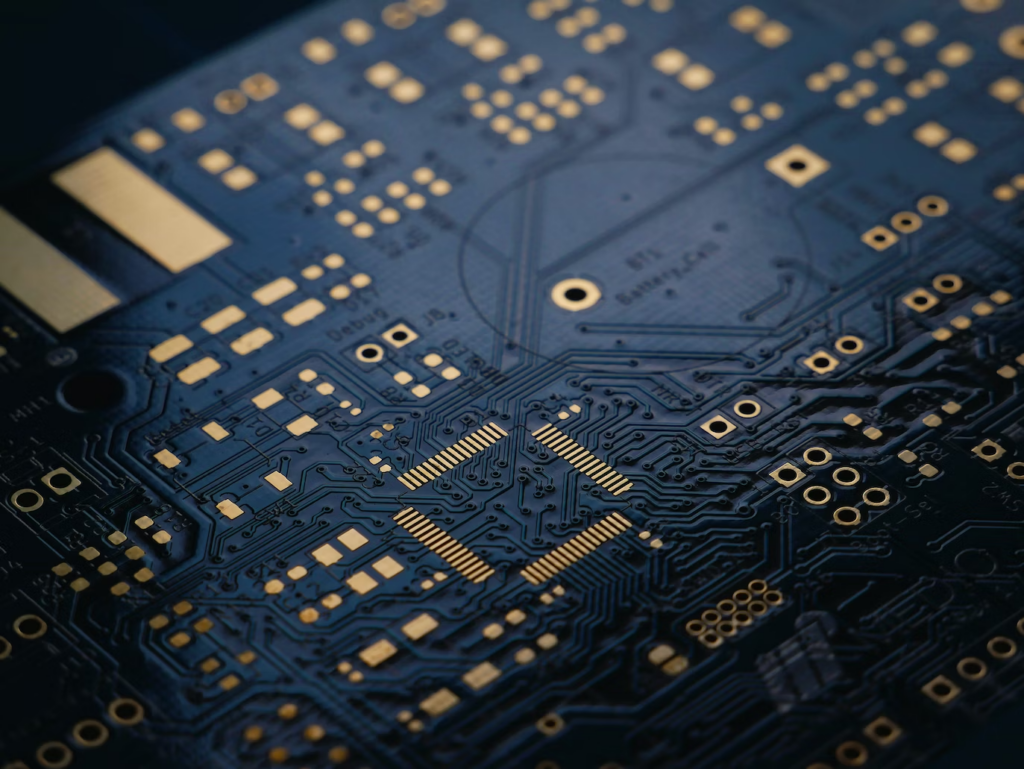Blog

Security technology is an ever-evolving field — as malicious actors develop technology to advance attacks, security professionals must keep pace with defensive and proactive security measures.
Today, both physical and digital assets comprise the modern security landscape. According to the World Security Report 2023, companies lost more than $1 trillion due to physical security incidents in 2022. IBM’s Cost of a Data Breach Report 2023 reported that the global average cost of a digital data breach was $4.45 million. Therefore, today’s security technology must include both physical and digital defenses.
As 2024 kicks off, let’s take a look at the top 3 technology trends in the security industry.
- AI and machine learning integration
AI is the unequivocal king of 2024. According to SIA (Security Industry Association), “There is no trend larger or more impactful to the security industry than artificial intelligence (AI).”
For physical security, AI and ML are increasingly being used in cameras and video surveillance. They can:
- Improve the accuracy and reliability of video cameras, including enhanced license plate recognition
- Enable security systems to accurately detect, identify, and pinpoint the locations of people, vehicles, and objects
- Use smart sensors with sound detection to identify broken glass, gunshots, and more
- Detect the presence of weapons
AI and ML can be used in cybersecurity to:
- Detect network traffic and data anomalies
- Monitor user behaviors for suspicious and anomalous activity
- Automate many security processes
- Improve defenses, vulnerability management, and overall security
Whether deployed in physical devices or cyberspace, AI can also send automated responses to detected threats, catching attacks before they happen and boosting response time. ML can learn and become better the more it’s used, which is an incentive for firms to initiate ML tactics as soon as possible.
2. Cloud-based security solutions
Cloud computing has revolutionized the way companies and individuals work, allowing users to access the information they need from anywhere in the world. For security professionals, the cloud grants the ability to access, manage, and control security operations remotely, offering unparalleled flexibility and convenience.
One of the major security trends of 2024 is cloud-based security management, including video security systems, maintenance, and system availability tasks.
At the same time, cloud computing presents unique challenges for security professionals, as they must protect their data assets physically and digitally. Even though data might be floating invisibly in the cloud, physical hardware on the ground makes it all possible.
Therefore, security professionals must consider advanced intrusion detection systems, door access control systems, and zero trust policies to protect physical assets like server rooms, inventory storage facilities, and IoT devices. They also need advanced encryption, MFA (multifactor authentication) protocols, access controls, and more to protect data from cybercriminals.
3. Security convergence
Physical security and cybersecurity were previously separate entities. Today, the lines are blurred due to the increase of IoT devices and surface area for attacks given remote working. Security convergence is the collaboration of physical security and cybersecurity teams, which previously operated disjointedly.
According to CISA (Cybersecurity and Infrastructure Security Agency), convergence takes place across three channels: Communication, Coordination, and Collaboration. In its recent Action Guide, CISA writes that companies that practice security convergence “are more resilient and better prepared to identify, prevent, mitigate, and respond to threats.”
In addition to offering a more efficient way of responding to threats, security convergence:
- Saves time: Security protocols are streamlined and no one is left playing catch-up
- Saves money: No one needs to pay for costly mistakes that occur due to miscommunication
One thing to note is that security convergence is NOT turning two teams into one team. It’s two teams working together toward a common goal: securing the company’s assets. To reach this goal, each team performs its role while keeping the other in the loop.
Stay Informed, Stay Secure
While criminals have harnessed the power of technology for nefarious purposes, security teams must harness it to keep their companies’ assets safe. The only way to do this is to stay informed of the trending security technology. Empowered with the knowledge of the latest available technology, security professionals can protect their companies’ assets while cutting costs and streamlining operations.

